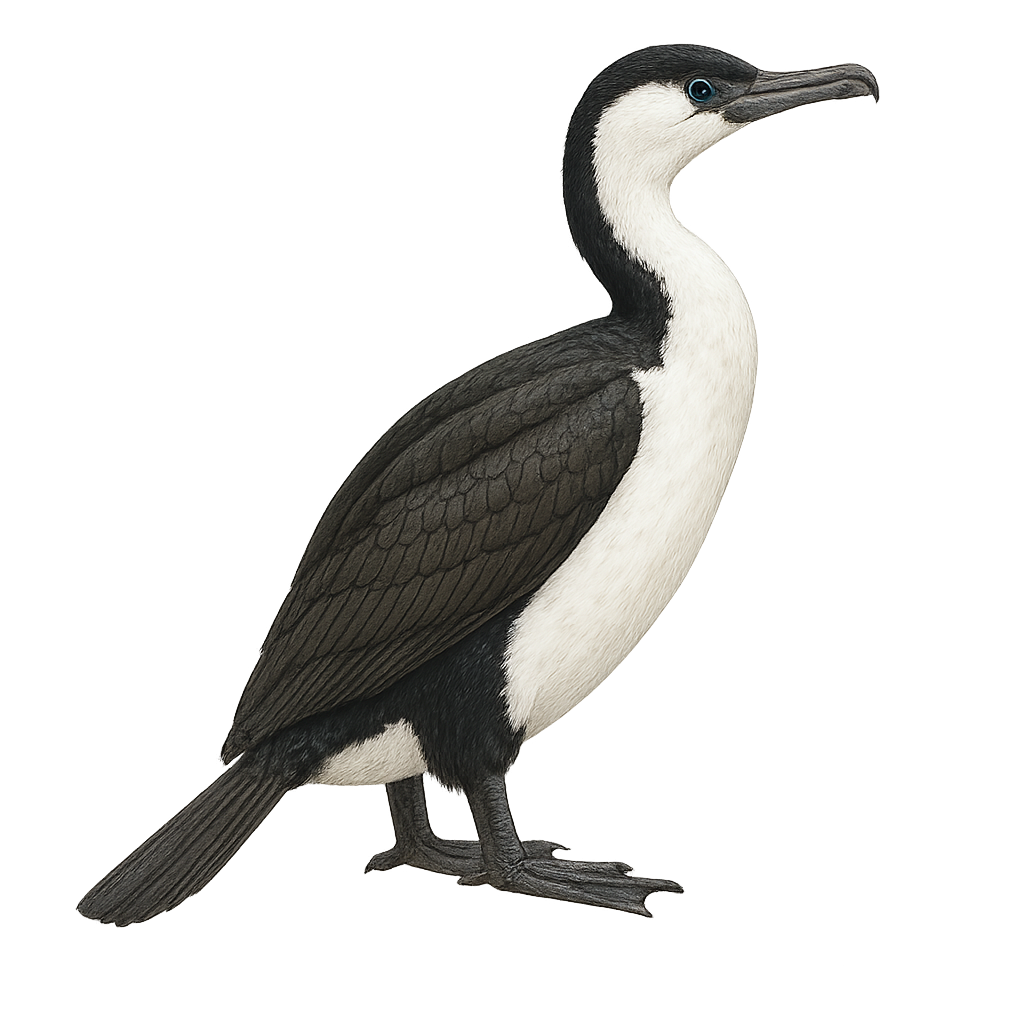Your wildlife photography guide.
Explore the black-faced cormorant in detail, study its behavior, prepare your shots.
Where to observe and photograph the black-faced cormorant in the wild
Learn where and when to spot the black-faced cormorant in the wild, how to identify the species based on distinctive features, and what natural environments it inhabits. The WildlifePhotographer app offers tailored photography tips that reflect the black-faced cormorant’s behavior, helping you capture better wildlife images. Explore the full species profile for key information including description, habitat, active periods, and approach techniques.
Black-faced Cormorant
Scientific name: Phalacrocorax fuscescens

IUCN Status: Least Concern
Family: PHALACROCORACIDAE
Group: Birds
Sensitivity to human approach: Suspicious
Minimum approach distance: 10 m
Courtship display: September to December
Incubation: 25-27 jours
Hatchings: September to January
Habitat:
Rocky coasts, estuaries, lagoons
Activity period :
Primarily active during the day, with peak activity in the morning and late afternoon.
Identification and description:
The Black-faced Cormorant, Phalacrocorax fuscescens, is a medium-sized aquatic bird primarily found along the southern coasts of Australia. It is distinguished by its striking black and white plumage, with a characteristic black face. Its long, hooked bill is well-suited for fishing. This bird is often seen diving to catch fish and crustaceans. It nests in colonies on rocky islands, building nests with seaweed and twigs. The Black-faced Cormorant is an excellent swimmer, using its webbed feet to propel itself underwater. Although mainly coastal, it can occasionally be spotted in estuaries and lagoons.
Recommended lens:
400mm – adjust based on distance, desired framing (portrait or habitat), and approach conditions.
Photography tips:
To photograph the Black-faced Cormorant, aim for early morning or late afternoon to take advantage of soft lighting. Use a telephoto lens of at least 400mm to capture detailed shots without disturbing the bird. Rocky coasts provide an ideal natural backdrop for dynamic shots. Be patient and wait for the cormorant to strike an interesting pose, such as when it dries its wings in the sun. Consider using a tripod to stabilize your camera for sharp images.
The WildlifePhotographer App is coming soon!
Be the first to explore the best nature spots, track rutting seasons, log your observations, and observe more wildlife.
Already 1 439 wildlife lovers subscribed worldwide

